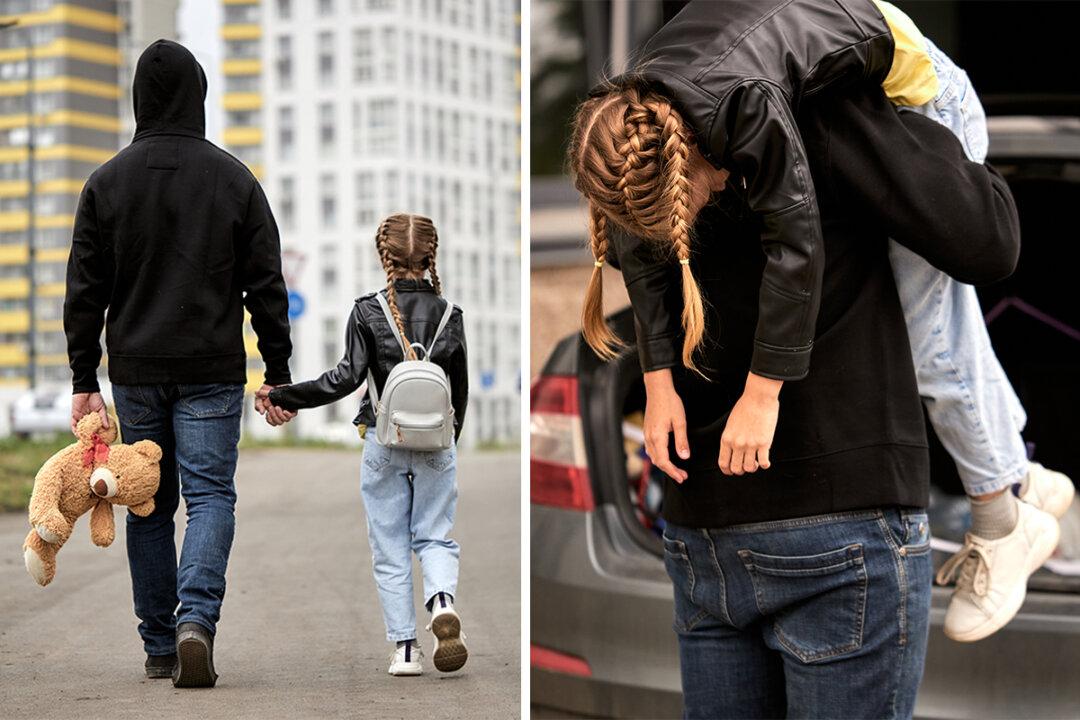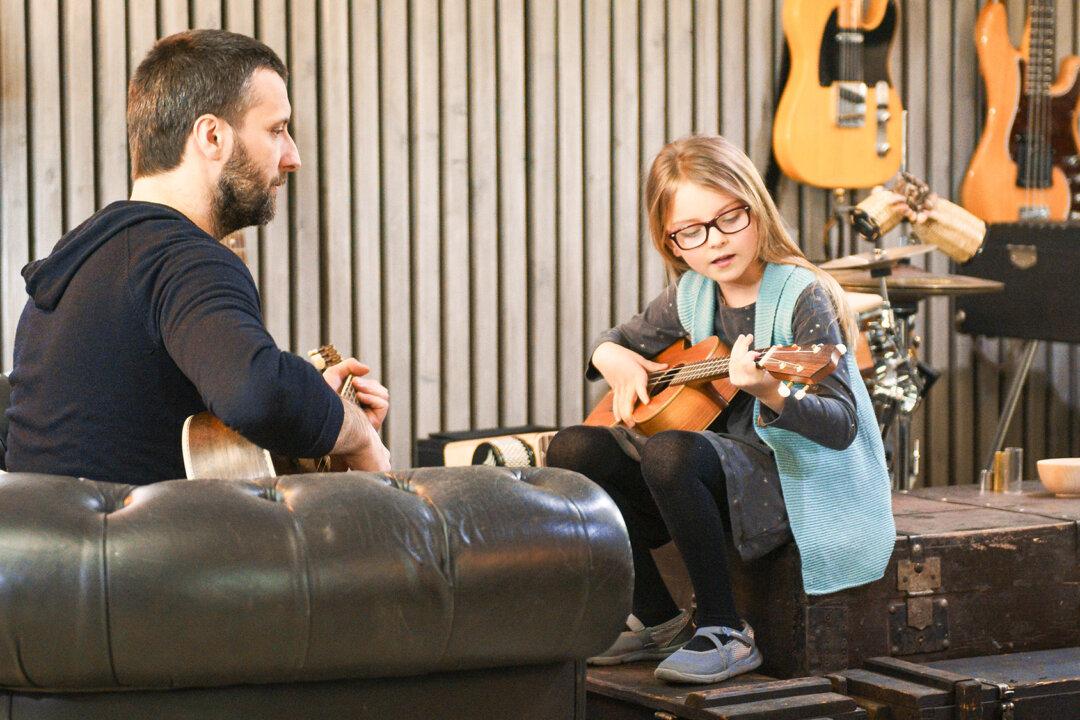Born and raised in the Netherlands, Robin Hunting served in the Royal Marines and now shares the knowledge and expertise he gained during his military service equipping individuals with the know-how to maintain their personal and family safety.
Mr. Hunting, who now lives in Florida with his wife and three children, is popularly known online as “Dutch in the USA.” With his day job of working as an operations manager for a large recycling company, he turned to social media during the COVID-19 pandemic and began creating informative videos on how people could stay safe in potentially dangerous circumstances.






